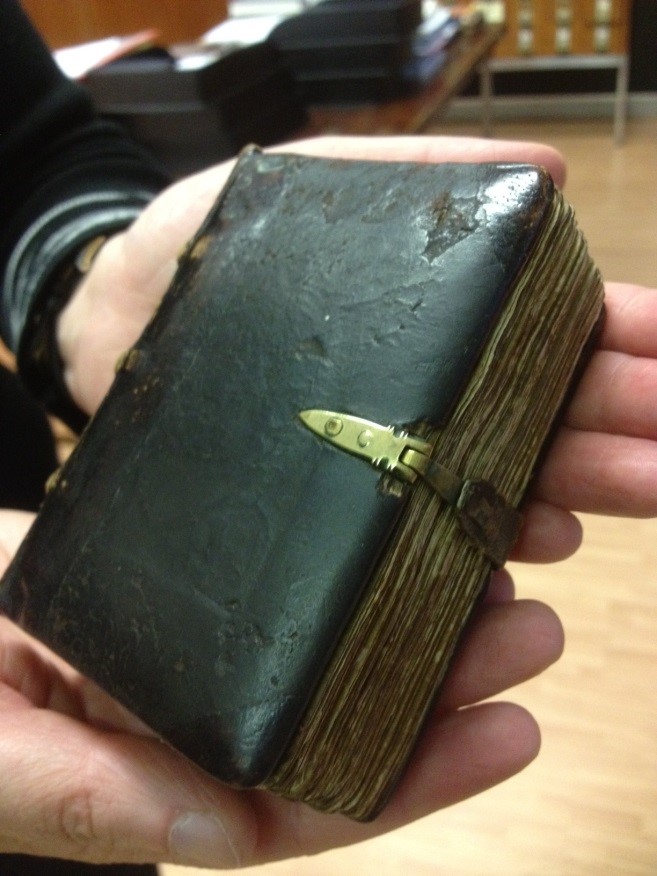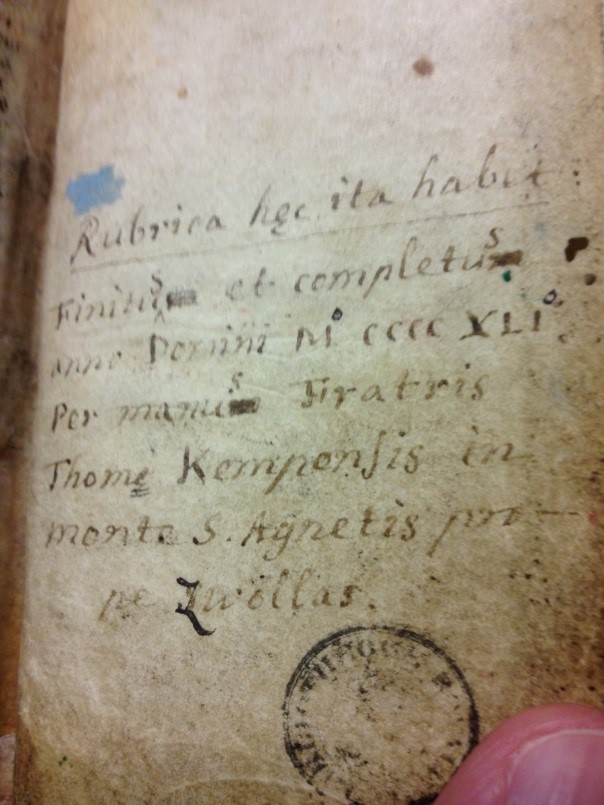The Dachau Cross: Bearing the Weight of Suffering in Light of Easter
COMMENTARY

“Bear the cross cheerfully, and it will bear you.” — Thomas à Kempis, author of The Imitation of Christ
We are people of Easter, who have just experienced the Risen Lord, yet who careen daily toward life’s certain pitfalls, large and small, which challenge our ability to live like Christ. It must be our hope, our resolute commitment, to imitate Christ through a focused understanding of his passion.
The happiness of our Easter message and the smiles of spring and new life all around us are dramatically enhanced when we contrast the season to the reality of the burden Jesus bore for us.
As a lung doctor, I often imagine his weight, while he hung on that thick wooden cross, caked in blood, his thorax pulled down toward the ground, making each breath more and more difficult and painful. Dying of shock and suffocation would be beyond misery, and yet he bore on that cross not only his precious weight, but that of you and me piled onto his shoulders.
Jesus’ cross never breaks, and I’d like to draw on two historical religious relics to explain how that relates to our life now and always.
It is said that Thomas à Kempis’ book The Imitation of Christ is the second most reproduced book in the history of the world (translated into more than 50 languages) behind the Bible. Years ago, as we wrestled with a burned house, my wife, Kim, and I were gifted a modern translation of the famed guide to “imitating” Christ by the Nashville Dominicans. In its introduction, the translation mentioned that the original c.1441 autographed manuscript, which was carried by Thomas in his pocket as he traveled Europe converting and guiding others, is held in a hermetically sealed safe in the Bibliothèque Royale in Brussels, Belgium.

After locating this Royal Library one year while at a large critical-care conference, I managed to coerce the librarian to consider opening the safe to allow me to see this precious religious artifact. I was even able to take pictures of the worn 570-year-old mystical relic, complete with his signature on the last page.
From Belgium, I traveled to Utrecht in the Netherlands, where the spiritual lesson unfolded in a surprisingly stark, yet timely, manner that holds instruction for you and me in our daily imitation of Christ. In the Dom Cathedral, the most famous building in Utrecht, I found renditions of a cross the curator said was housed in the rear. Curious, I went to see this cross and was struck by the fact that it was broken.
On returning to the curator to find out more about the “broken” cross, he told me that it was cast in Dachau by the prisoners of the notorious Nazi concentration camp. I mentioned that it was a shame and surprising that it has been broken in subsequent years, especially since it was made of such thick metal, with no signs of rust or corrosion whatsoever. That is when he looked away.
Almost instantly, his eyes flooded with tears, and he murmured something under his breath. I was struck by his change in demeanor and felt compelled to find out what he had said. “What, sir?”
“It was made that way,” he whispered. “It was made broken by inmates in Dachau.” Shaken by the complexity of the inmates’ creation, we walked away from one another. Nothing more could be said.
I went back and prayed before the cross. It hurt immensely to consider the prisoners’ pain that led to that Dachau cross. (I later learned that the cross was made on behalf of the Dachau prisoners by Carel Kneulman in 1965. It came to Utrecht in 1980.)
You and I may lose a child or witness grave and unjust events, such as an innocent, vulnerable person put to death by someone in authority. Do we see a cross breaking?
As a Catholic of Jewish heritage whose relatives were incinerated in the Holocaust, I suffer at the thought of the heartache that led these Christian inmates to perhaps think that Christ’s cross no longer held hope for them.
The truth is that Jesus’ cross never broke, and to this day and forever more, he offers himself and holds us on his shoulders, bearing the weight of any suffering we will ever experience, whether we know it or not.
We get confused by life’s events, and only one thing ultimately makes any sense of it all: the mystery of the cross and its message of God’s forgiveness, mercy and love.

E. Wesley Ely, M.D., M.P.H., is a professor of medicine and
critical care at Vanderbilt University and president of
the Nashville Guild of the Catholic Medical Association.
- Keywords:
- e. wesley ely
- easter
- passion of the lord
- suffering
















